Android has been a significant player in the smartphone game for many years. Google’s recent announcements at the Google I/O 2022 event revealed that Android would extend its presence outside smartphones and tablets to cars, wearable tech products, and more.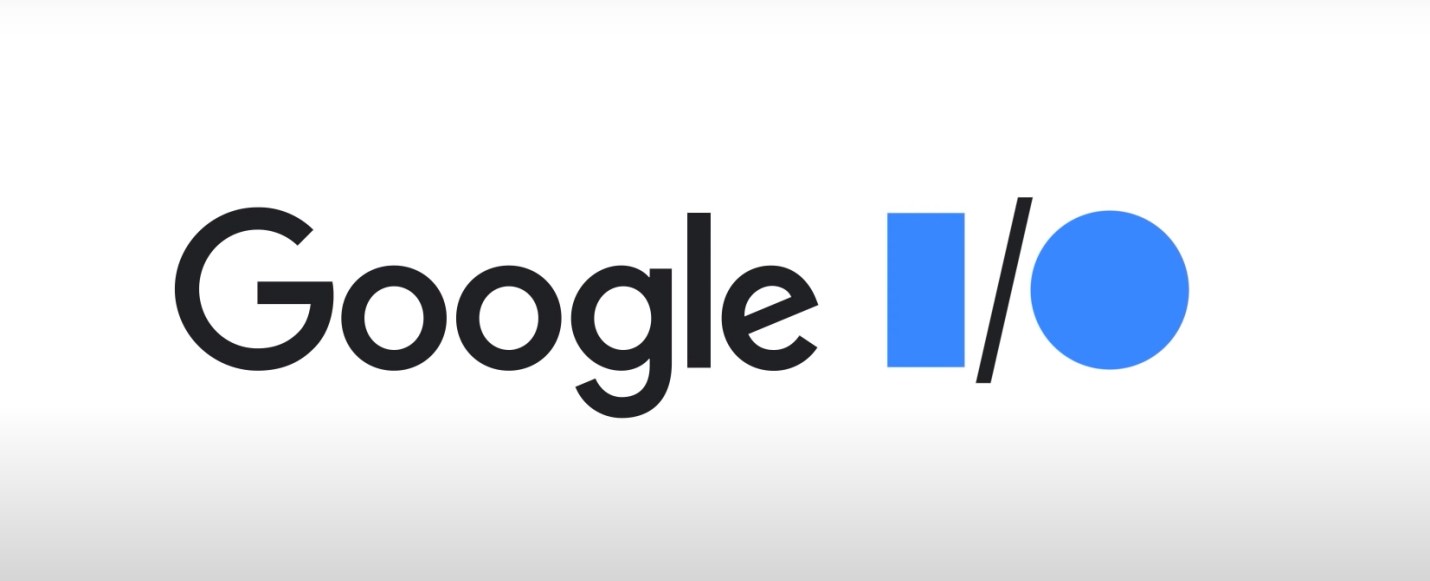
Android is the most dominant mobile platform and has always brought changes and features to make the OS user-friendly. Android 12 has just been rolled out for some of the popular smartphones, we are already hearing about Android 13, and it already has two beta releases to offer. What is happening? What’s Google up to this year? What’s new in Android 13? How is it different from previous upgrades? Or Is it worth the wait?
If these questions are boggling you, you are not the only one! Let’s check out what we know so far!
Android 13 Beta 2

Android 13, codenamed, is as always derived from a sweet treat. It is “Android Tiramisu” or just “Tiramisu.” This new Android iteration will be the next OS update for all Android-compatible smartphones around the globe.
Google began giving out developer previews and the first Beta for Android 13 in February 2022, months after the formal release of Android 12. Google has updated Android 13 Beta 2.0, which was launched during this year’s Google I/O event on May 11th, 2022, with changes and new features. You can download the same from here.
However, in this article, we’ll be going through some of the most significant changes you can expect in Android 13, including some of the new features added in the latest Beta 2 release. Read on!
Also Read: Stop Android Apps from Using Mobile Data
List of Latest Features of Android 13
List of Contents
- 1. Different Languages for Different Apps
- 2. Editing in Clipboard
- 3. Enhanced Media Player
- 4. Universal Search in Pixel Launcher
- 5. Changes in Lock Screen
- 6. Theme Engine
- 7. Multi-window Support
- 8. (TTT) Tap-to-Transfer Feature
- 9. Notifications Permission Settings
- 10. More Intuitive Guest Mode
- 11. Earthquake Warnings
- The Difference Between Android 12 & Android 13
- Android 13 Release Date?
- To Sum it All Up
With Material You, Android 12 delivered one of the essential UI updates in years to the Android operating system. The redesigned interface offers more individual customization options, ranging from wallpaper-based color palette preferences to more intelligible animations.
Material You, Android 12’s UI overhaul, allows for various customizations, and Android 13 is expected to improve on that.
So without any further ado, let’s get started with the latest features of Android 13:
1. Different Languages for Different Apps
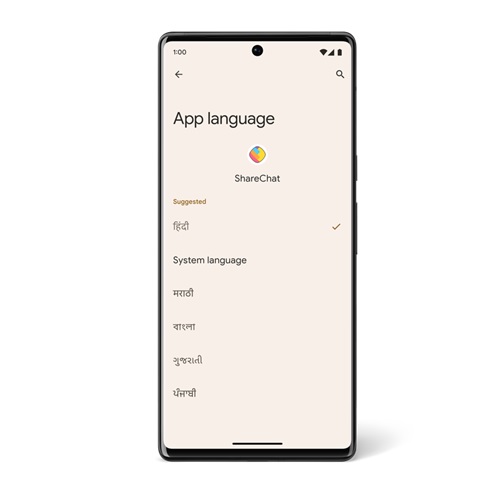
Android 13 is not only about its aesthetics; it is more. With Android 13, users can select a different language for each app, as shown in Android 13 Beta 2. So, for Google Chrome, you may use English, but on Facebook, you can use Hindi or any other language. You can change the language preferences for apps on your phone under Settings. Many multilingual people could find this feature helpful.
2. Editing in Clipboard

With Android 13’s clipboard editor overlay, you can copy text from any app and paste it someplace else with Android 13. It appears at the bottom of the screen whenever you copy text, image, or other. Also, it shows a preview of text or a photo beside the pencil icon. This pencil icon allows you to tweak the copied text before pasting it. Further, this editor will enable you to remove items that aren’t essential or provide context. Once finalized, you can copy and paste it into a chat box or wherever you choose. This should minimize the amount of time spent on material modification.
3. Enhanced Media Player
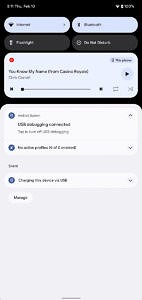
The media player now has a new and improved design, thanks to Android 13. This time, album art takes over the player’s backdrop, with some media controls on top.
Instead of a traditional straight, sleek bar, Android 13 features a broader one with a rather jutted pause/play button that is both odd and cool at the same time. Moreover, it’s also possible to link a new device straight from the speaker output option, which may be useful.
4. Universal Search in Pixel Launcher

After being introduced with Android 12, the universal search will be added to Android 13 but with more categories. You’ll see the search bar at the top of the app drawer. With Android 12, you can run a system-wide search, including contacts, messages, people, and system settings. However, with Android 13 Tiramasu, the search field has been extended to Google Photos. Yes, now you can sift through Google Photos as well.
Although the search box appears to be a work in progress thing because it does not display results for every beta user, we can expect it to be better and available with future releases.
Granular Permission for Media
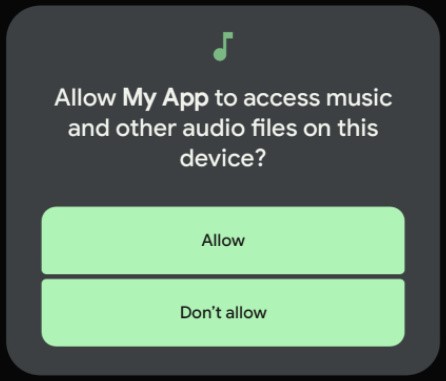
For media access, Android 13 adds new granular permissions.
Apps will now request separate permissions to access pictures and videos and send notifications to Android 13 instead of Android 12. The latter version allows any app to start pestering you with alerts, which we all despise.
Google has taken a significant step forward in improving your data privacy and reducing notification spam. Kudos on that one!
5. Changes in Lock Screen

With minor changes in the lock screen settings, as shown above, you can operate external devices such as smart home appliances directly from the lock screen in Android 13. This toggle button eliminates the need to unlock the phone via fingerprint or PIN. This could be useful if you need to fast switch on a smart lamp without opening the app and asking Google Assistant to do it.
6. Theme Engine

Android 13 expands on Android 12’s Material design. You create the design language and provide more customization options. You receive around 16 distinct color tiles derived from your wallpaper and 16 basic colors, including two-tone possibilities.
You can use them to modify the appearance of your home screen, icons, and widgets to match the color accents of the wallpaper. For uniformity, all third-party app icons will use the same design.
7. Multi-window Support
In Android 13 DP2, you can now long press a notification and drag it to enter split-screen mode.
If you, like me, enjoy multitasking on your phone, I’m confident you’ll enjoy this function. Android 13 allows you to create a multitasking panel by simply holding and dragging a notification banner over another app, which I believe is a pretty clever approach.
8. (TTT) Tap-to-Transfer Feature

A pleasant surprise might offer smarter media sharing across numerous devices. According to leaked information from an undisclosed and reputable source, a Tap-to-Transfer (TTT) mechanism would allow users to migrate media controls to other devices that would be there in stable Android 13 (Fingers Crossed!).
Tap to Transfer is a function Apple has been using for a long time now. When listening to a song on your iPhone with Apple Music, tap the HomePod to transfer playback to the speaker for better sound quality without bothering with on-screen controls.
9. Notifications Permission Settings
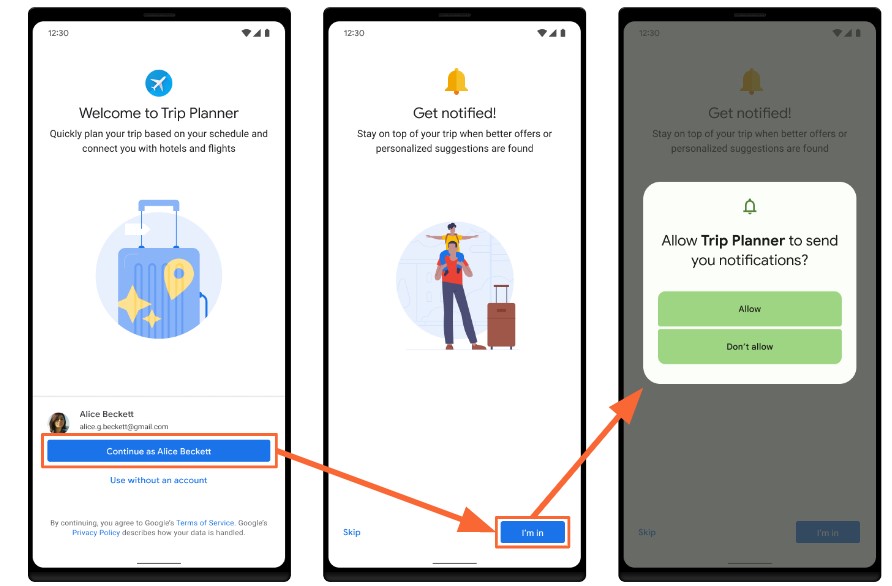
With the most current stable versions of Android, you need to allow applications permission to use certain functions like your location, camera, and microphone. With Android 13, apps will have to take permission to send you notifications. If you choose otherwise, you won’t be bothered by unimportant annoying notifications. This will finally end the maddening situation of a newly downloaded app hammering you with alerts, prompting you to stop them in your system settings.
10. More Intuitive Guest Mode
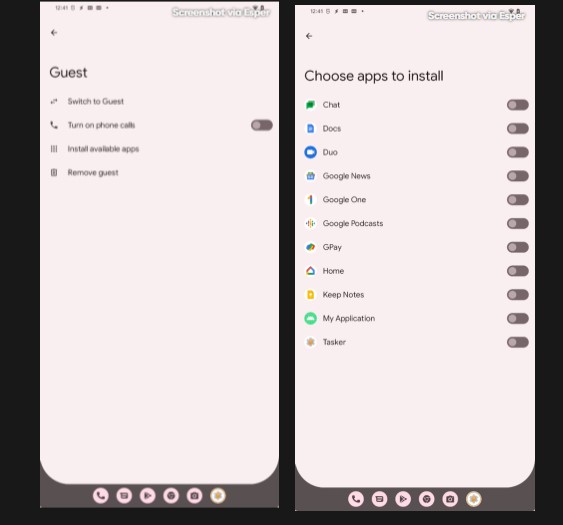
The guest mode on Android is quite useful when switching between phones or tablets. Still, occasionally your visitor needs access to more applications than the essential Android apps, such as WPS Office, Duo, Google Doc, or more.
With Android 13, you can customize the guest mode better than ever. All you need to do is head over to multiple users’ settings and then select guest, and you can now install apps from your account in guest mode. You can enable WPS Office here and then go to the guest mode to see if the WPS Office app is present. One thing to keep in mind is that the visitor can’t use your data or account information. Therefore the guest will need to login into the accounts in the applications.
11. Earthquake Warnings

Android 13 will now come with an Earthquake warning feature. Some of the users with Xiaomi phones are already familiar with the feature. With Android’s new iteration, it will be added to other Android devices. When the inbuilt accelerometer on phones detects an earthquake, it will signal earthquake detection by Google, reporting the probable site. Now the server will tally the information to check for an earthquake. Moreover, it will also show the location of the impact and how massive it would be.
Tablet specific Features
With Android 12L last year, Google signaled its plan to incorporate specific tablet capabilities. Still, it now appears that many of these features will make their way into Android 13 also.
A redesigned taskbar at the bottom of the screen and clever split-screen multitasking and drag-and-drop support are tablet-specific features. Google claims that more than 20 of its applications, including Messages, Maps, and YouTube Music, are being revamped for the large screen.
The Difference Between Android 12 & Android 13
The changes between Android 12 and Android 13 are vast. With Android 13, Google will allow users to customize their devices. Whether it is notification, lock screen, or permission to media control, Google is trying to make your Android device a real intuitive and user-friendly. Well, I can’t wait for the release of Android 13, can you?
Also Read: How To Restrict Background Data Android?
Android 13 Release Date?
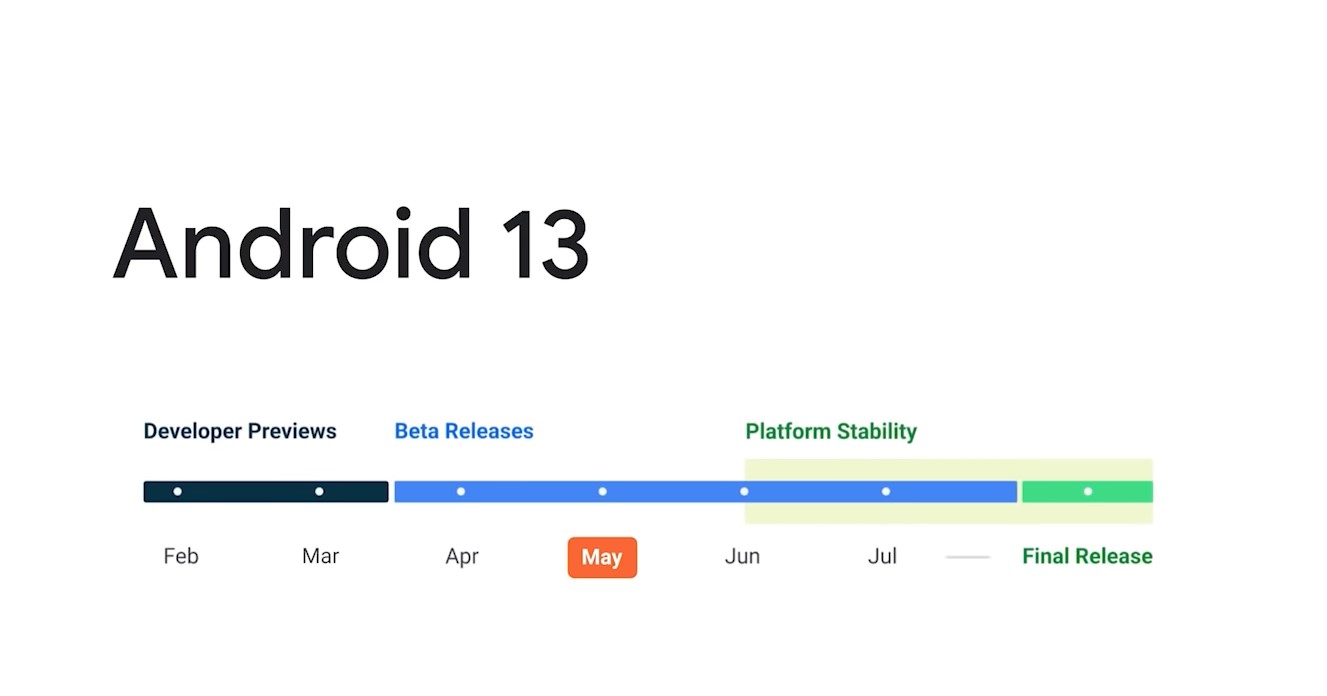
Android 13 will be launched in 2022, most likely around September. Google claims that the Pixel 7 and 7 Pro will be the company’s first Android 13 phones. This suggests that the Pixel 7 and Pixel 7 Pro smartphones will likewise be coming in September 2022.
To Sum it All Up
So far, these are some of the latest features of Android 13 that have caught our interest. We’re eager for Android 13 and can’t wait for it to be released, but we’ll have to wait and see what happens in the upcoming months.
What do you think about these features? Please share your thoughts in the comments box below.






Leave a Reply